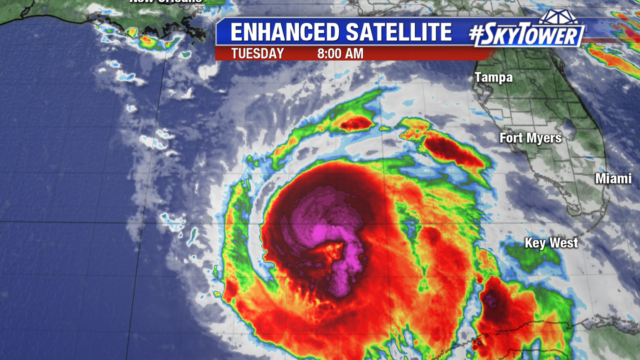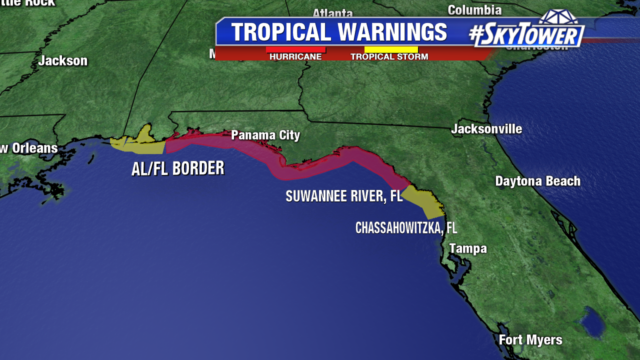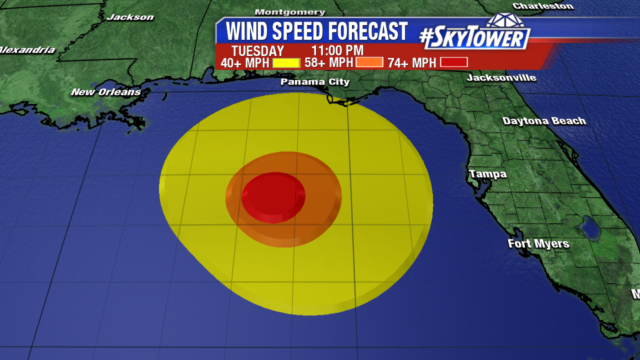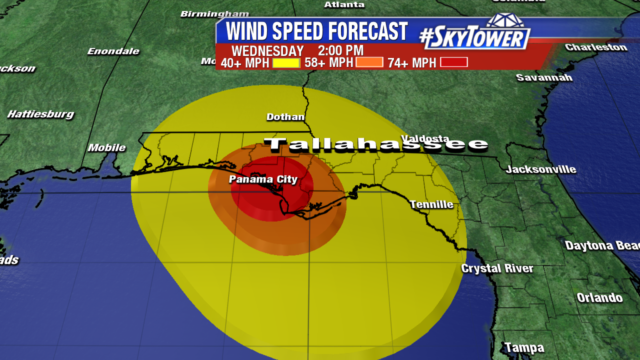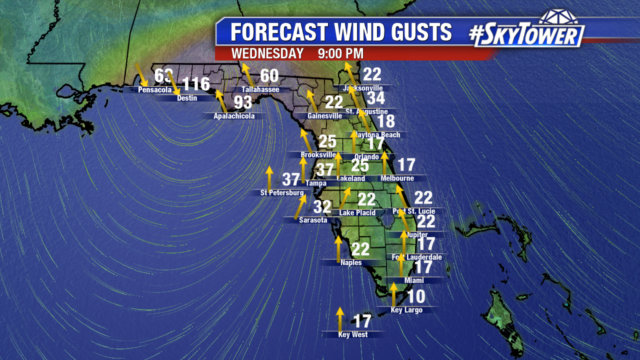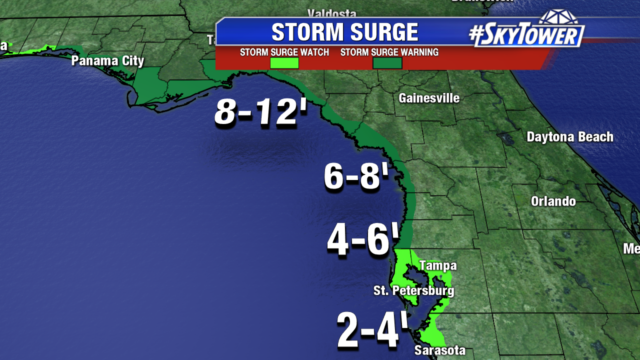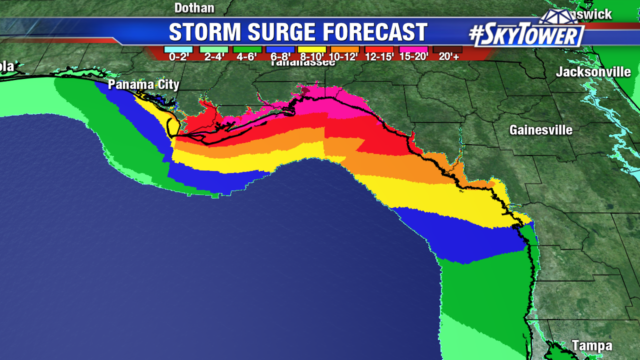It was expected to be a Hurricane at landfall. It was expected to bring 15 to 20″ of flooding rains because of the slow moving storm. Overall, the forecasting for the storm was very good. If there is something you wanted to be wrong, it was that there would not be as much rain. Thankfully, that is what happened.

The forward speed of the storm determines how much rain will fall. This was a slow moving hurricane. So why did the rainfall amounts not add up? It was because Barry was a very malformed hurricane. Loads of dry air to the north of Barry and northerly wind shear kept much of the strong convection offshore as the center of Barry made landfall on Saturday. Then as the center continued to move inland it started to leave much of its energy still just offshore.

There still were some bands that caused flooding rains, but they were generally further west and more isolated. While Hurricane Barry did cause flooding, damage, and power outages, it will be remembered as a storm that spared the coast as it made landfall.

As the last of the rains wind down over Arkansas, the tropics are quiet once again.There are a number of tropical waves in the Atlantic and in the Caribbean, but none of them show any signs of development over the next 5 days.

